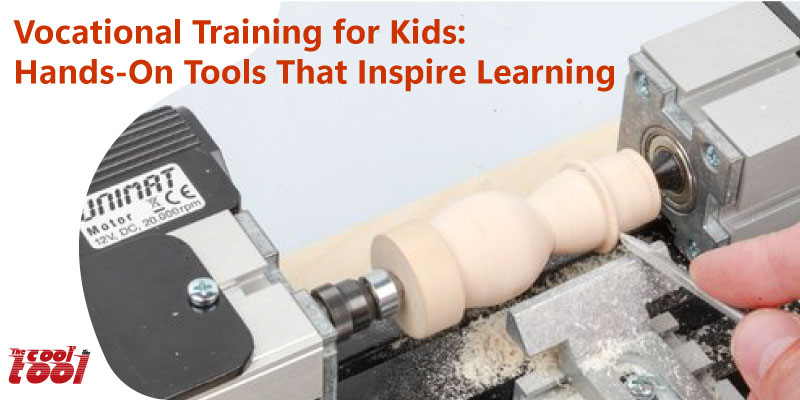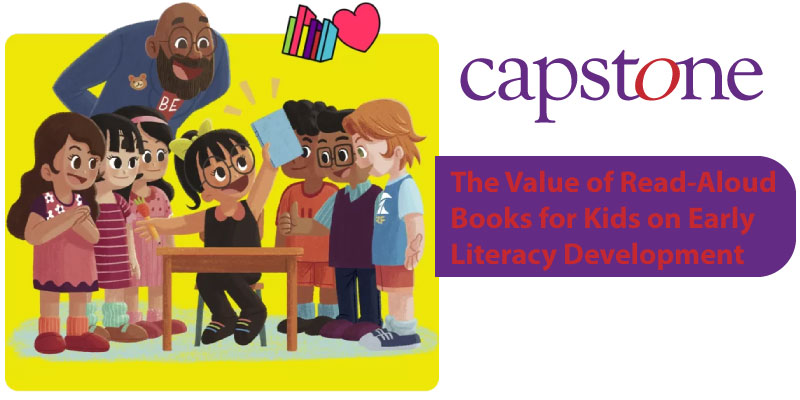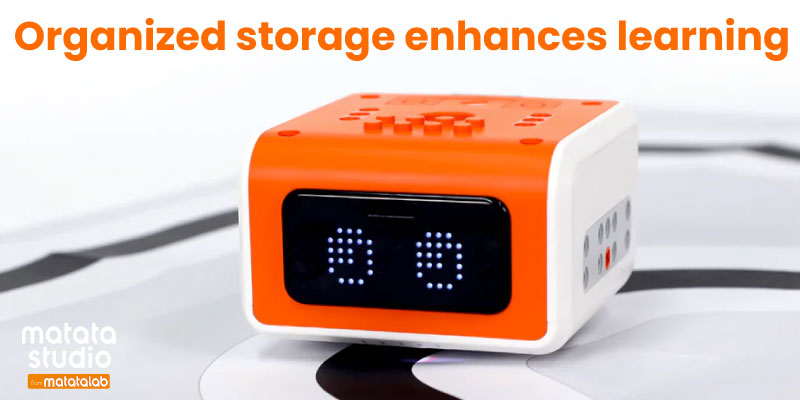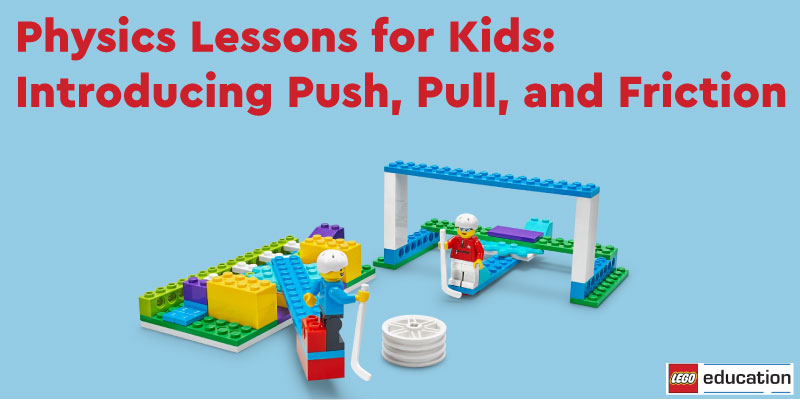
Vocational Training for Kids: Hands-On Tools That Inspire Learning
Introducing students to hands-on woodworking tools fosters creativity and learning. In vocational training sessions, especially in schools, hand drills offer a great entry point into understanding basic mechanics, woodworking, and craft skills. When used correctly, these tools are not only safe but also fun for children to work with, sparking curiosity and providing a hands-on experience that complements theoretical learning. In this blog, we will explore the benefits, safety tips, and practical applications of hand drills in school as a part of vocational training for kids.
Benefits of Using Hand Drills for Kids
Hand drills, particularly manual ones, are versatile tools that children can use safely under supervision. They can help kids develop fine motor skills, hand-eye coordination, and problem-solving abilities. Here’s how:
- Skill Development: A hand drill encourages learners to engage their mind and body, enhancing dexterity and hand-eye coordination. Drilling also helps them understand the mechanics of tools and materials, fostering technical literacy from an early age.
- Creative Exploration: Projects involving hand drills often include woodworking, crafts, and even basic engineering concepts. This gives kids the freedom to create tangible items like small wooden toys or other small constructions, promoting creativity.
- Hands-On Learning: The act of physically using a tool offers an educational experience that complements classroom learning. Special sessions focusing on vocational training for kids teach children about measurements, materials, and construction more interactively and engagingly.
Safety Tips for Using Hand Drills with Kids
While hand drills can be safe for children, especially when designed for young users, it is essential to follow some safety guidelines to ensure a positive experience. Whether used at home, in vocational training, or in school projects, these tips can help:
- Proper Supervision: Children should always be supervised while using a hand drill during vocational training classes for kids. Supervisors can guide them through proper handling and ensure they understand how to use the tool safely.
- Sharp Drill Bits: Make sure to use sharp drill bits, as they require less force and reduce the risk of the tool slipping. Dull bits can be dangerous because they force kids to push harder, leading to potential accidents.
- Secure the Workpiece: Always use a clamp to secure the material that is being drilled. By doing this, the material is prevented from slipping and misaligning the drill, which could cause harm to the operator.
- Correct Posture and Technique: Ensure that kids maintain a comfortable posture while using the drill. They should not lean into the tool or apply excessive force, as this can cause accidents or reduce the precision of their work.
- Avoid Contact with Drill Bits: When the drill bit is rotating, never touch it. This may result in severe harm. Make sure children know how important it is to keep their fingers away from moving parts.
- Wear Safety Gear: You must always wear safety glasses. They protect the eyes from flying debris, especially when working with wood.
- Wearing the Right Clothes: Make sure kids aren’t sporting jewelry, baggy clothes, or anything else that might catch in the drill.
- Precautions against Overheating: Quit the drill right away and let it cool if it begins to overheat. The instrument may become damaged or stop working due to overheating.
The Unimat ML Design & Technology Kit
For schools and vocational training centers, one of the best tools available is the Unimat ML Design & Technology Kit by Cool Tool Education. Designed with children in mind, this kit includes several child-safe machines such as a jigsaw, sander, and hand drill. Each machine is easy to use and has been tested for safety, making it a great addition to any classroom or science center.
Key Features of the Unimat ML Kit
- Hand Drill with Vibration: The Unimat hand drill ensures child safety by using a drill bit that vibrates rather than rotates rapidly. This design helps kids drill small holes in wood or soft materials without the risk of injury. It also enables children to gain confidence while performing real, hands-on tasks.
- Jigsaw with Safety Blade: The short stroke of the jigsaw blade means it won’t injure fingers. The metal guide with a steel tappet ensures clean, precise cuts. This allows kids to work on projects like cutting plywood, soft metals, or plastic sheets with ease.
- Woodturning Machines: The kit includes a 3-jaw chuck for simple woodturning projects. It’s perfect for making items like salt shakers, wooden pens, or egg cups, all of which can be created as part of classroom projects.
- Lesson Plans and Projects: The Unimat ML Kit comes with well-documented lesson plans that include both theory and practical exercises. These projects introduce students to basic concepts of design, engineering, and technology in a fun and interactive way.
Incorporating Hand Drills in School and Vocational Training
Hand drills are excellent tools for vocational training sessions for kids. Teachers can create various projects, such as:
- Woodworking Projects: From making simple shelves to crafting small wooden toys, hand drills are perfect for wood-based activities.
- Craft Projects: Children can use hand drills to assemble small crafts that involve drilling holes in materials like cardboard or foam.
- STEM Applications: By incorporating hand drills in technology lessons, educators can teach basic engineering principles such as force, torque, and mechanics.
Hand drills provide a safe and engaging way for kids to develop practical skills while having fun. When used under proper supervision and with tools designed for young users, such as the Unimat ML Design & Technology Kit, children can safely explore the world of drilling, woodworking, and craft making.









Recent Comments